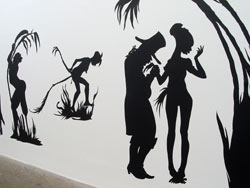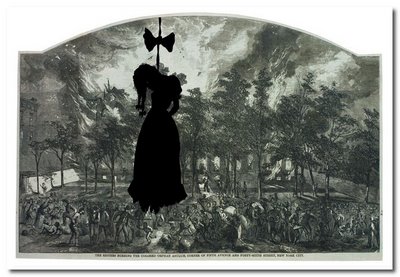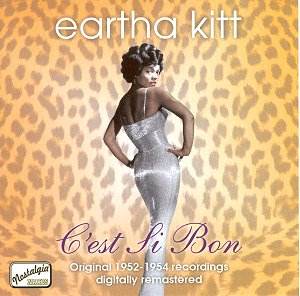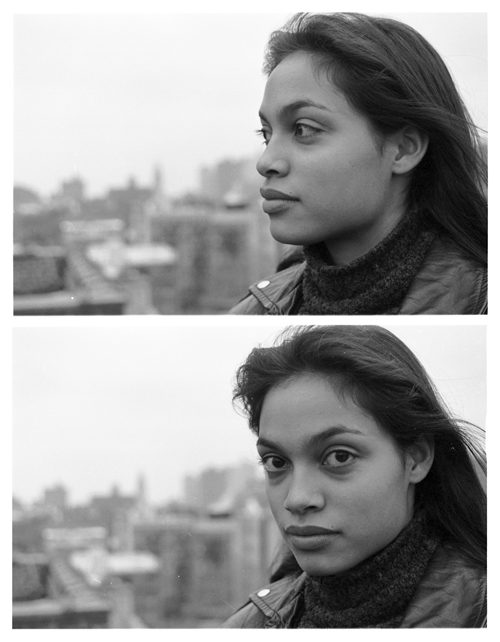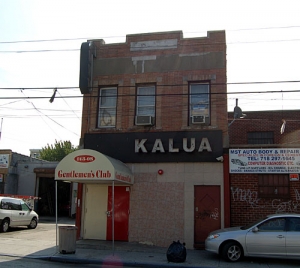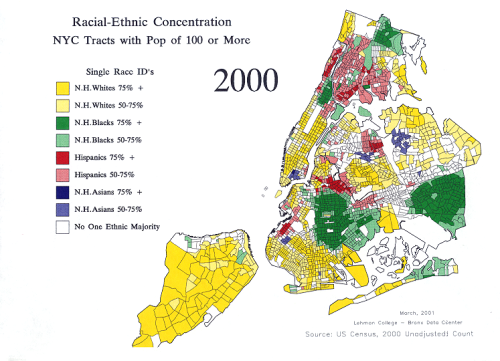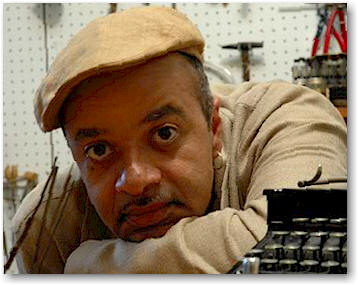 James McBride (1957- ) is an American writer and jazz musician. He is best known as the author of “The Color of Water” (1996), which became a number one bestseller in America and is required reading at many schools and universities. He also wrote “Miracle at St. Anna” (2004), which Spike Lee made into a film of the same name in 2008. McBride has written music for Anita Baker (“Enough Love”), Grover Washington, Jr and Barney (no, not “I Love You”).
James McBride (1957- ) is an American writer and jazz musician. He is best known as the author of “The Color of Water” (1996), which became a number one bestseller in America and is required reading at many schools and universities. He also wrote “Miracle at St. Anna” (2004), which Spike Lee made into a film of the same name in 2008. McBride has written music for Anita Baker (“Enough Love”), Grover Washington, Jr and Barney (no, not “I Love You”).
In 1981 when he worked for the Boston Globe, he wrote a column about his mother for Mother’s Day. It got so many letters that he made it into a book, “The Color of Water”.
His mother was a rabbi’s daughter who ran away from home to Harlem in 1939. She married a black man and became an outcast among whites. Even her own family cut her off. She found herself a white woman bringing up her 12 black children in Red Hook, a poor black ghetto in New York. All 12 children got university degrees, two of them becoming doctors. McBride himself studied music at Oberlin and journalism at Columbia.
As a boy McBride noticed that his mother looked different and asked her if she was white. She said she was “light-skinned”. She always talked about whites as “they” and never as “we'”. Her past was a mystery. He asked her what colour God is. She said, “the colour of water”.
Race was not something she liked to talk about. The book “The Color of Water” tells the story of his mother’s life and, in parallel, his own life and how he comes to terms with colour:
I didn’t want to be white. My siblings had already instilled the notion of black pride in me. I would have preferred that Mommy were black. Now, as a grown man, I feel privileged to have come from two worlds.
He sees himself as black but came to understand that blacks and whites are pretty much the same on the inside. His Jewish background is part of who he is, but he is Christian.
His next book, “Miracle at St. Anna” is about four black American soldiers who fought in Italy in the Second World War as part of the mostly black 92nd Division. Like his first book, it also shows the ugliness of racism and yet at the same time the underlying oneness of mankind.
His latest book is “Song Yet Sung” (2008). It is a true-to-life story about a slave woman who is being hunted down while she flees north towards freedom. It shows how slavery worked in practice, how it affected the moral lives of both blacks and whites.
His advice to writers:
- You learn writing by writing.
- Most books are written between five and seven in the morning.
- Do not wait; start now.
- When you fail, get back up, forgive yourself and try again. (Only about half of McBride’s books ever see print.)
Most of that goes for musicians too.
See also:
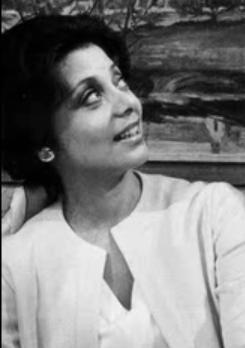 Ellen Holly (1931- ) is an American actress, the first black actress ever to appear regularly on a soap opera. She played Carla Hall on “One Life to Live” from 1968 to 1985. She also played the president’s wife in “School Daze” (1988).
Ellen Holly (1931- ) is an American actress, the first black actress ever to appear regularly on a soap opera. She played Carla Hall on “One Life to Live” from 1968 to 1985. She also played the president’s wife in “School Daze” (1988).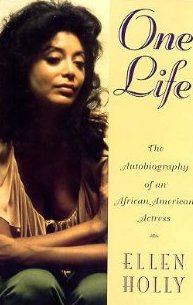 She is been in a few films. “School Daze” is probably the best known one. In 2002 she was in the Mario Van Peebles film, “10,000 Black Men Named George”.
She is been in a few films. “School Daze” is probably the best known one. In 2002 she was in the Mario Van Peebles film, “10,000 Black Men Named George”.











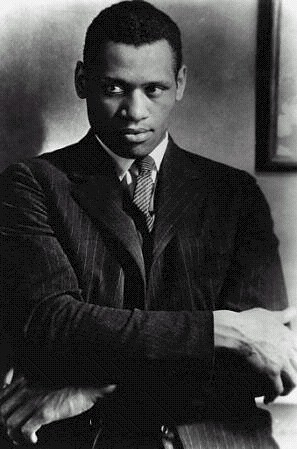 Paul Robeson (1898-1976) was an American singer, actor and a fighter for equal rights for all men. He is best remembered for singing “Ol’ Man River” (1936).
Paul Robeson (1898-1976) was an American singer, actor and a fighter for equal rights for all men. He is best remembered for singing “Ol’ Man River” (1936).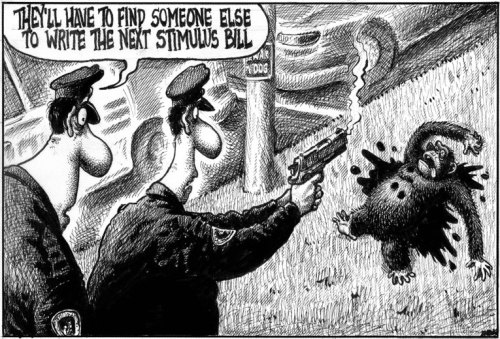 It is a Sean Delonas cartoon from the New York Post, the top-selling newspaper in New York. It shows the police shooting a chimpanzee dead, something that was in the news. But then one of the two policemen says, “They’ll have to find someone else to write the next stimulus bill.” President Obama had just signed the stimulus bill into law, as shown on the page before, and said we might need another one.
It is a Sean Delonas cartoon from the New York Post, the top-selling newspaper in New York. It shows the police shooting a chimpanzee dead, something that was in the news. But then one of the two policemen says, “They’ll have to find someone else to write the next stimulus bill.” President Obama had just signed the stimulus bill into law, as shown on the page before, and said we might need another one.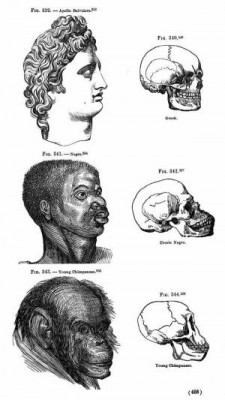

 Malcolm X (1925-1965) was one of two main black leaders in America in the 1960s, the other being Martin Luther King, Jr. They were both ministers, King a Christian, X a Muslim, and they both wanted equal rights for blacks, but they disagreed about how it could be achieved: King said it could be done through peaceful protest, Malcolm X said, “Give me a .45 calibre, then I’ll sing ‘We Shall Overcome'”.
Malcolm X (1925-1965) was one of two main black leaders in America in the 1960s, the other being Martin Luther King, Jr. They were both ministers, King a Christian, X a Muslim, and they both wanted equal rights for blacks, but they disagreed about how it could be achieved: King said it could be done through peaceful protest, Malcolm X said, “Give me a .45 calibre, then I’ll sing ‘We Shall Overcome'”.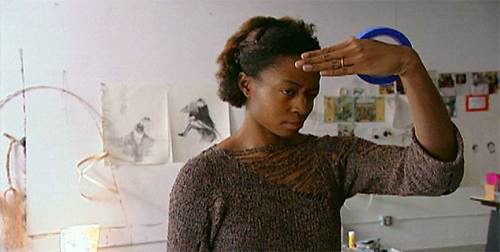 Kara Walker (1969- ) is an American artist who, as she puts it in the title of one of her works, shows us “the Peculiar Institutions as never before! All cut from black paper by the able hand of Kara Elizabeth Walker, an Emancipated Negress and leader in her Cause”.
Kara Walker (1969- ) is an American artist who, as she puts it in the title of one of her works, shows us “the Peculiar Institutions as never before! All cut from black paper by the able hand of Kara Elizabeth Walker, an Emancipated Negress and leader in her Cause”.

